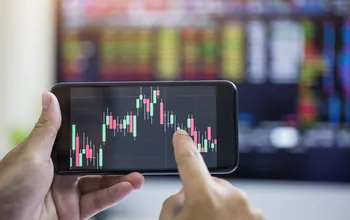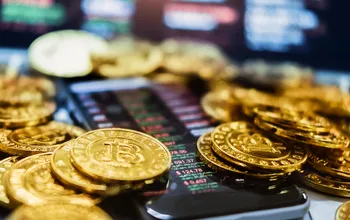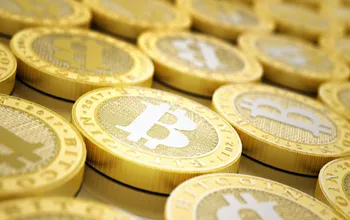Crazy crypto week: Digital Markets slide, altcoins under pressure
Crypto markets are facing a sharp reversal after yesterday’s euphoric rally. Bitcoin has fallen below $121,000, dragging most altcoins lower, with total market cap down over $170B. Despite the setback, the broader crypto structure remains intact, with top coins like ETH, SOL, and XRP still holding near their cycle highs while BNB stands out as the only gainer.
Bitcoin breaks above $125,000 as shutdown fears brings Crypto safe-haven demand
After weeks of consolidation above $110K, Bitcoin has surged to fresh record highs near $125K. A mix of renewed safe-haven demand amid the US government shutdown, fading summer liquidity turning to fall buying, and weak selling into a resilient crypto market cap has fueled the breakout. We break down key levels for BTC.









